#jan matejko
Text

Added another contender for a "depressing times sitting in a chair" reference to draw Eddie in ♥️ Its fun. And heartbreaking. Heartbreakingly fun!
...
At this point, just don't sit in chairs, it's not worth it.


1K notes
·
View notes
Photo
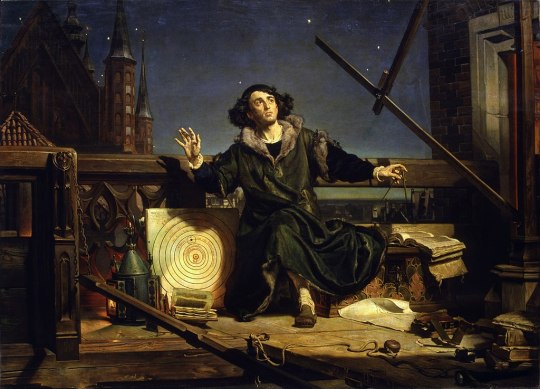
Astronomer Copernicus (1872) by Jan Matejko.
#art#art history#arthistory#painting#oil painting#oil paintings#classical paintings#classical art#classic art#fine art#renaissance#baroque#dark academia#light academia#dark aesthetic#academic art#historical painting#astronomer copernicus#jan matejko
4K notes
·
View notes
Text



After accepting his new position, he thinks about the consequences, but he is determined.
Based on the Stańczyk painting by Jan Matejko.
This painting had always intrigued me, and since I know Ghost every time I saw it I thought I had to make an adaptation.
And so I did.
There are still a lot of little things to improve but as always I have to force myself to stop.
#the band ghost#ghost band#ghost#ghost fanart#ghost bc#copia#papa emeritus#illustration#digital art#reinterpretation of the original art by#jan matejko#cardinal#cardinal copia#artists on tumblr
4K notes
·
View notes
Text
the grand final
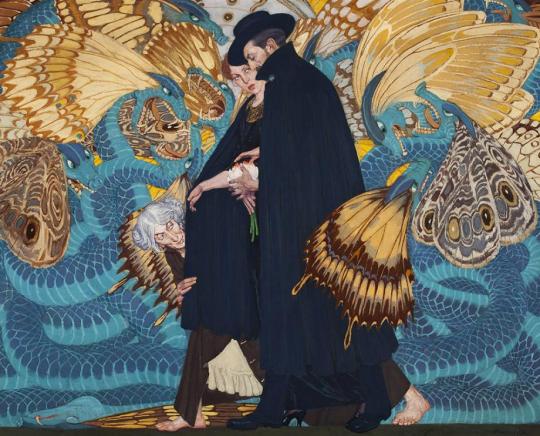

My i wojna:

see the og propaganda for us and the war here
Stańczyk:

see the og propaganda for stańczyk here
[the tags in PL read: #i don't know what i will do if stańczyk loses #it's very timeless and that's what i love about it #the nobles partying while the country is tumbling down #what more could you wish for]
and of course:

HAVE FUN EVERYONE
449 notes
·
View notes
Text

Henry II the Pious departing for Legnica by Jan Matejko
#henry ii the pious#battle of legnica#art#jan matejko#battle of liegnitz#middle ages#medieval#knights#knight#silesia#silesian#poland#polish#history#christianity#christian#europe#european#castle#portcullis#gate#castles#legnica#henry ii#lower silesia#armour#shield#cross#heraldry#horses
200 notes
·
View notes
Text

Title: Helena Sparrowhawk
Artist: Jan Matejko
Date: 1838 - 1893
Style: Romanticism
Genre: Portrait
#art history#art#painting#artwork#museums#history#culture#vintage#curators#romanticism#portrait#jan matejko#classicalcanvas
206 notes
·
View notes
Text
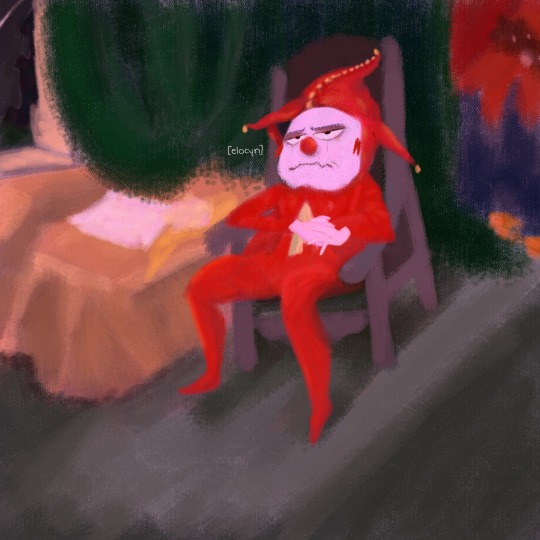
Steveczyk
[based off the beautiful "Stańczyk" by Jan Matejko]
#bigtop burger#bigtop#worthikids#bigtop burger steve#bigtop burger fanart#stańczyk#jan matejko#digital art#digital painting#clown#jester#kyndraww
77 notes
·
View notes
Text



i'm jan matejko???
116 notes
·
View notes
Text
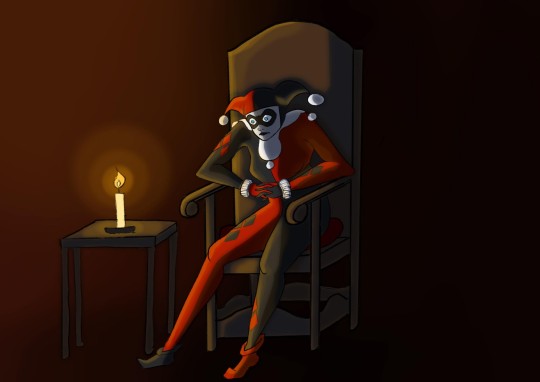
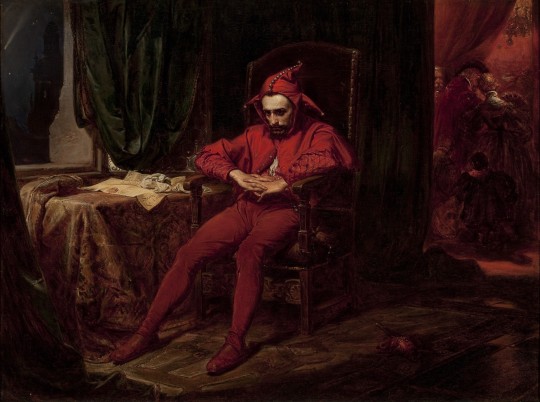
When you break up with The Joker and realise you were the clown all along.
Silly repaint of Stańczyk by Jan Matejko
#harley quinn#harley quinn fan art#harley quinn fanart#harleen quinzel#harleyquinn#fan art#fanart#joker#batman#batman fan art#batman fanart#dc comics#dc#dc comic#dc fanart#comics#comics fanart#Stańczyk#jan matejko#digital art#jester#btas#batman the animated series#btas fanart#batman the animated series fanart#art#procreate#illustration#shitpost
70 notes
·
View notes
Text
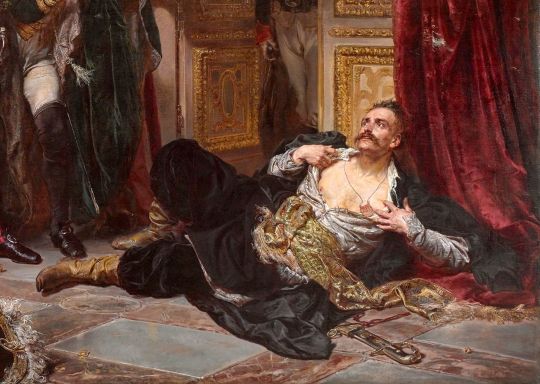
Jan Matejko, Rejtan [fragment]
1866, oil on canvas
#poland#polish art#polish paintings#polish culture#polish painters#polska#european art#jan matejko#matejko#rejtan#19th century art
65 notes
·
View notes
Text

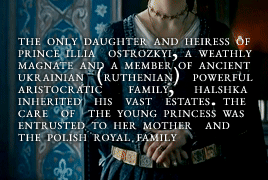


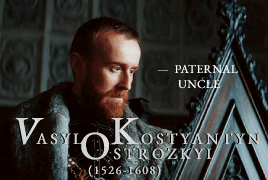
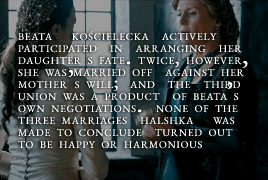

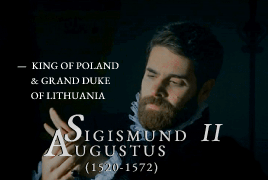
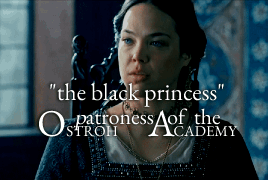
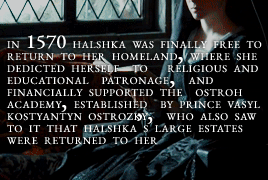
— 19th of NOVEMBER 1539, birth of HALSHKA (Elyzaveta, Elżbieta) OSTROZKA (OSTROGSKA), "the Black Princess"
Born on feast day of St. Elizabeth, she was christened Elżbieta, Elyzaveta, or Halshka (under this latter name she came down into history). Halshka’s father was Prince Illia Ostrozkyi (Ostrogski), a weathly magnate and a member of ancient Ukrainian (Ruthenian) powerful aristocratic family, that traced their origins back to the semi-legendary prince Rurik. The representatives of this family held great offices in the Grand Duchy of Lithuania and the Kingdom of Poland. At the royal court in Krakow, Illia Ostrozkyi met Beata Kościelecka, a notable beaty, and, according to the rumours, an illegitimate daughter of King Sigismund I of Poland. The couple was married in 1538, but their happiness did not last long: Illia was wounded during the tournament, and died soon after, in August 1539. In November Beata gave birth to their only child, a daughter.
According to her father’s will, Halshka stood to inherit half of his vast estates (including the cities of Ostroh and half of Rivne, along with many more), that were to be under her mother’s control until the heiress reached adulthood. Beata was also to keep control of her husband’s younger half brother’s Vasyl’s inheritance. The latter, who was to become powerful magnate and patron of religion and education under the name of Vasyl Kostyantyn Ostrozkyi (Ostrogski), soon took measures to retain the power of his estates his estates and rule them on his own. In his testament, Illia had also entrusted the care of his daughter to the King Sigismund, his wife, Queen Bona Sforza, and their son, Sigismund II Augustus.
Since Halshka was the recipient of such a magnificent inheritance, it soon became a matter of almost national importance to find her a suitable husband. Here, the interests of Lithuanian and Polish nobility also clashed. Suitors, eager for wealth and influence were not slow to appear. Among them were Dymitr Sanguszko, starost of Kaniv, Cherkasy and Zhytomyr, Jan Mielecki, voivode of Podilia, and even, according to a legend, Dmytro Vyshnevetskyi, the famous founder of the first stronghold on the Khortytsya island. Halshka’s uncle, Vasyl Kostyantyn Ostrozkyi, who was gradually growing in power, supported the candidature of Dymitr Sanguszko, while both the King of Poland and Beata Kościelecka were against him. Sanguszko married Halshka all the same, but was soon sentenced to infamy (deprivation of noble status and threat of death sentence if he did not agree to annul his marriage), and murdered.
The next match for Halshka, proposed by the King Sigismund II, was Łukasz Górka, voivode of Poznań, Kalisz, Łęczyca and Brześć Kujawski. Beata Kościelecka had at first agreed to it but later changed her mind towards this marriage. Once again, her protests availed nothing: the wedding took place in the presence of the royal family in Warsaw. Halshka was told that her mother agreed to the marriage, but when she learned that this was not the case, Princess appealed to the royal council to annul it, and fled to Lviv with Beata.
Halshka’s third union was orchestrated by Beata. This time the groom was Prince Siemion Slutski, who, for the sake of conspiracy, had to meet his bride in a monastery disguised as beggar. The couple wed in 1559, but this marriage was also short-lived. Though neither Halshka nor Beata regarded Łukasz Górka as the Princess’s true husband, Górka himself was evidently of different opinion. He rushed to Lviv with arms and took Halshka captive. Prince Siemion Slutski died in 1560. Górka placed Halshka – virtually a prisoner – in the castle of Szamotuły, near Poznań, where she spent fourteen years until his death, isolated from the world. It is said that during her imprisonment Halshka was wearing the black mourning robes, which was why she got nicknamed “the Black Princess”.
After the death of Łukasz Górka in 1573, Halshka Ostozka was finally free and able to return to her homeland. During the reign of Henri Valois as the King of Poland, Halshka’s uncle, Vasyl Kostyantyn Ostrozkyi saw to it that the estates, left to her by her father, were returned to the Princess. The rumours that Halshka has got insane during her confinement in Szamotuły, do not seem to be true, as in her later years she actively participated in the works of patronage, attended court hearings, and financially supported a prominent educational institution – the Ostroh Academy, established by Prince Vasyl Kostyantyn Ostrozkyi. She died in 1582, leaving her estates to Vasyl Kostyantyn.
Halshka Ostozka was said to be a remarkable beauty, but sadly none of her life portraits survived. She is featured in famous painting Kazanie Skargi (Sermon of Piotr Skarga, painted in 1862-64) by Jan Matejko, where Halshka is depicted as a young richly dressed woman, covering her forehead with her hand in sad contemplation; she is placed a little behind Anna Jagiellonka, sister to Sigismund II, and once Queen of Poland.
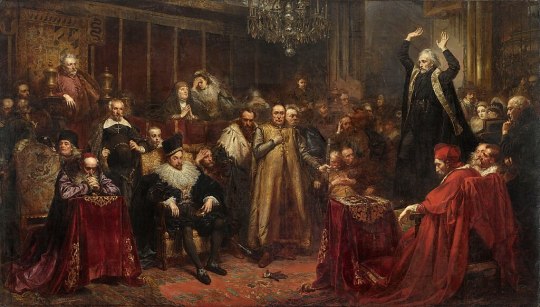
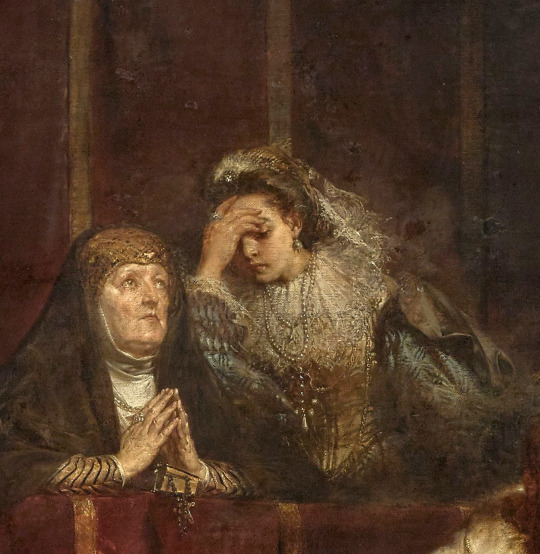

Another renown portrait of Halshka Ostrozka was painted in 1996 by Ukrainian artist Yurii Nikitin, who did a research among the portraits of Ostrozky family. The portrait features a young serious woman with delicate features, dressed in strict black gown, adorned with rich jewels, and a white headwear that covers her hair and neck closely. In her hand she is holding a book – most likely a Holy Scripture.
#historyedit#history#halshka ostrozka#elzbieta ostrogska#ukrainian history#polish history#perioddramaedit#sigismund i of poland#sigismund ii augustus#vasyl kostyantyn ostrozkyi#jan matejko#yurii nikitin#perioddramagif#women in history#weloveperioddrama#gifshistorical#tusereliza#userfefa#perioddramasource#my edit#not to be unhumble but i'm so proud of myself for making this edit
100 notes
·
View notes
Text
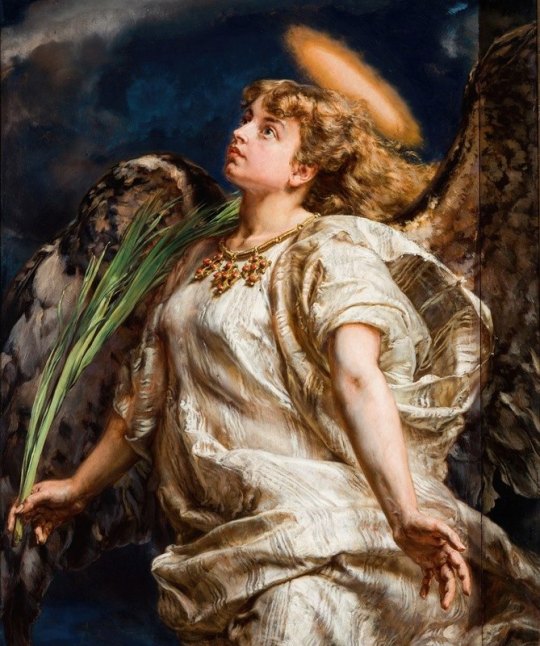
Song - study for the painting of Joan of Arc (1886) by Jan Matejko.
#art#aesthetic#painting#portrait#artwork#portraiture#art history#19th century#light academia#mythology#greek mythology#romantic academia#romanticism#greek gods#paintings#oil painting#classical art#fine art#song - study for the painting of joan of arc#jan matejko
400 notes
·
View notes
Text
round 3, poll 2
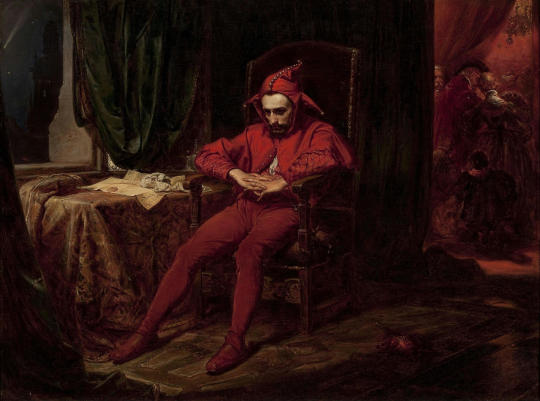
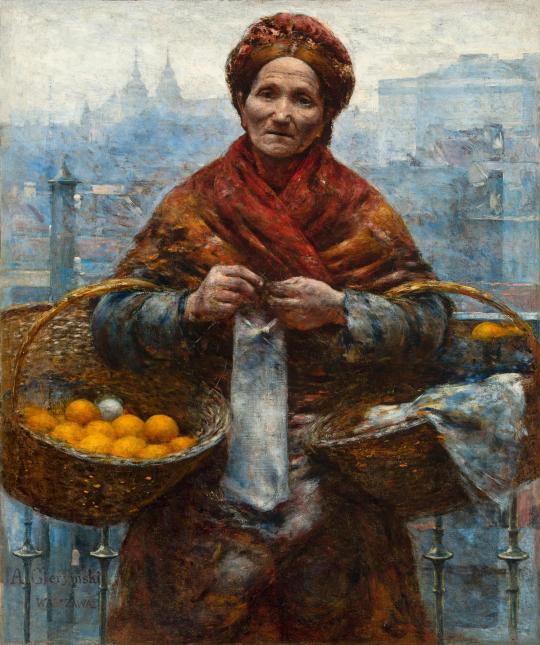
Stańczyk:
painted in 1862
i generally dislike matejko but stańczyk is so iconic that i've grown to like it
long story short Stańczyk was a court jester for the last kings of the Jagiellonian dynasty in Poland in 16th century. he was also politically savvy and known for his accurate satirical comments on the country's past and present political situation.
in the painting he has just read the letter announcing some significant war losses (the fall of Smolensk); he is somber, but in the background, behind the curtain, the royals having fun at a ball and remain ignorant of the news
it's one of Matejko's early paintings; he was just 24 when he finished it
it's also an autoportrait since Matejko gave Stańczyk his own face
Żydówka z pomarańczami:
painted in 1881
looted during ww2 and recovered after almost 80 years!
portraits of elder people are always so good
there is something very pleasing about the blue-orange colour combination
instead of a live model Gierymski probably used this photo as a reference - the woman really is recognizable!
see more of their works! Matejko, Gierymski
117 notes
·
View notes
Text
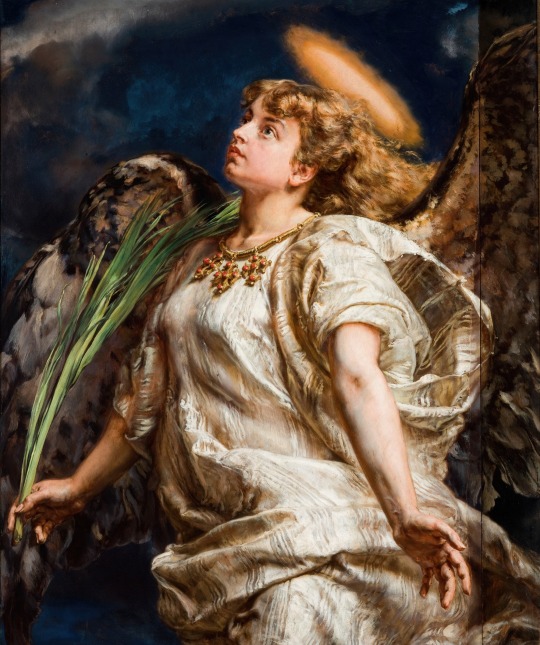
Song – study for the painting of Joan of Arc, 1886
Jan Matejko
475 notes
·
View notes
Photo

Portrait of Maria Puslowska by Jan Matejko, 1871
64 notes
·
View notes
Text
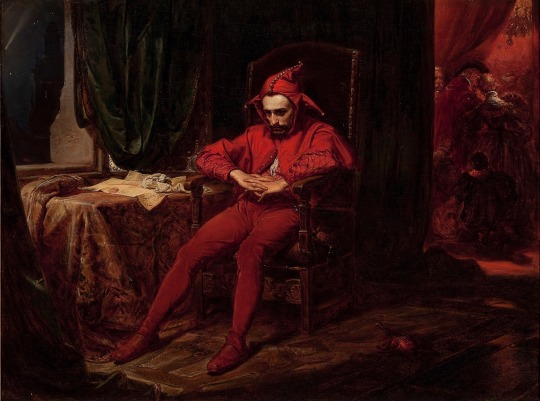
Stańczyk (Stańczyk during a ball at the court of Queen Bona in the face of the loss of Smolensk) by Jan Matejko
The jester is depicted as the only person at a royal ball who is troubled by the news that the Muscovites have captured Smolensk.
#stańczyk#art#jan matejko#solemn#jester#sad clown#ball#self portrait#polish#poland#history#europe#european#queen bona#king sigismund i#royal ball#royal family#painting
345 notes
·
View notes